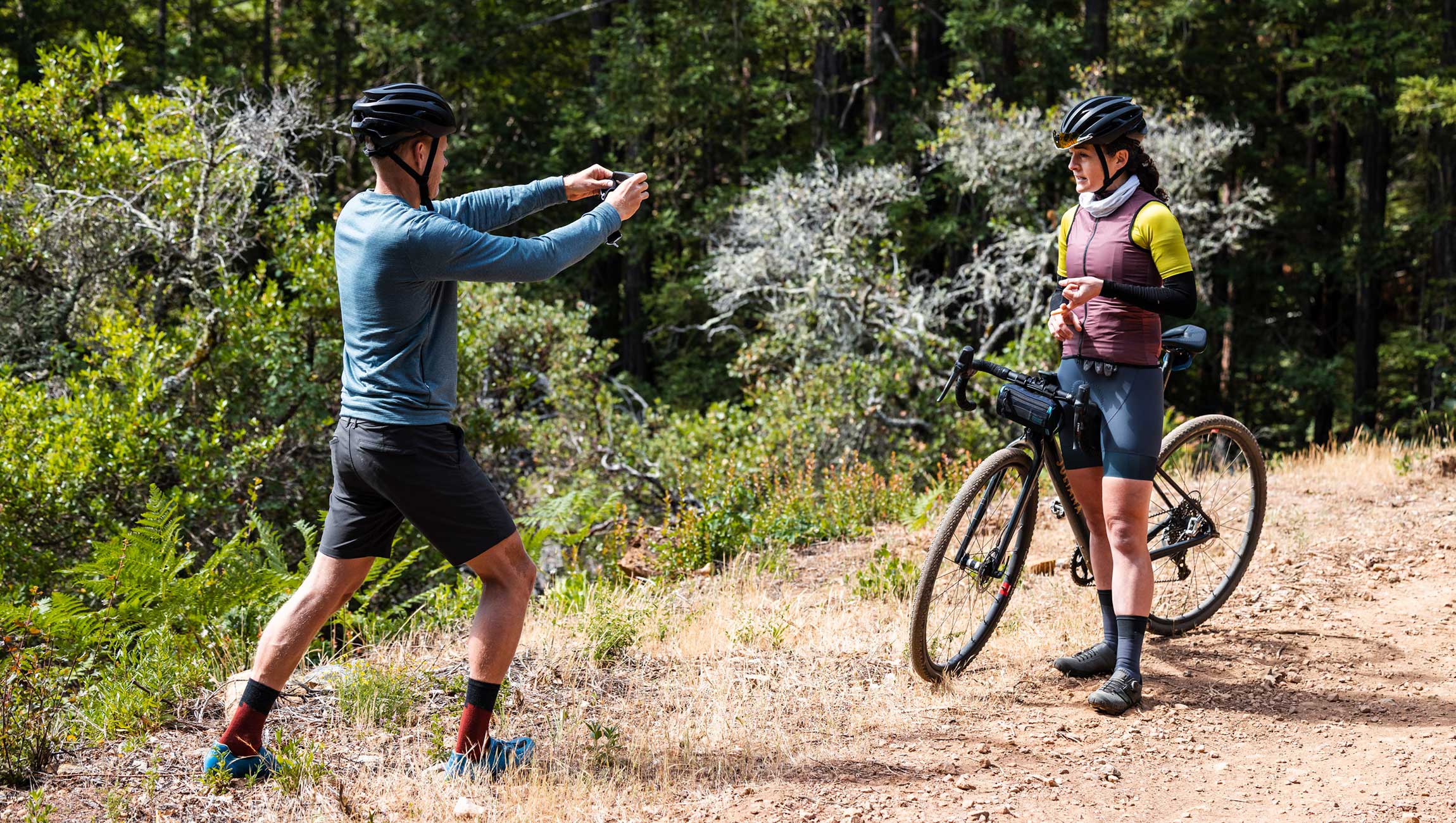Much like its name suggests, gravel biking is done on unpaved surfaces like dirt trails. It can involve tranquil rides on scenic trails to even endurance races on rugged terrain. As Steven Rindner mentions, gravel biking has gained significant popularity over the last decade owing to its versatility and the adventurous experience it provides, while not being as technically challenging as mountain biking.
Steven Rindner underlines a few valuable gravel biking tips
Gravel biking is definitely here to stay, with an increasing number of cyclists discovering the thrill and joy of riding on unexplored trails. However, cyclists with little or no prior off-road experience must keep a few tips in mind before getting started with gravel biking:
- Stay loose: While it is easier said than done, it is imperative for gravel bikers to stay relaxed and not overreact when the bike is moving beneath them. Any tension in their body shall transmit to the bike and result in more unpredictable handling. If the cyclists find themselves tensing up, then they should take a moment to stop and calm down before heading off again.
- Soft knees and elbows: The knees and elbows should not be locked out. Particularly when descending, it is imperative to keep knees and elbows soft, hover a few inches off the saddle and keep knees apart in order to allow the bike to move and soak up bumps.
- Lean the bike: When cornering on the road, cyclists typically lean with the bike. However, on loose off-road surfaces, cyclists would want to lean the bike and keep their body more upright.
- Drops and tops: When riding on even roads, cyclists often spend a lot of time riding on brake hoods. This can be done on smoother and less technical trails as well. However, as the trail gets rougher or steeper, it is easy for hands to bounce off the hoods. Especially on descents, the drops shall be the most secure place for hands to be. Today a large number of gravel bikes have flared drops that provide a wider and more stable position for descending. On flats and climbs, where cyclists do not need instant access to the brakes, the tops can be a secure option as well.
- Look where to go: Cyclists need to look well ahead down the trail and focus on the line they want to take. Even on non-technical trails it is important to, look ahead to scope out smoother and faster lines, rather than just following the wheel ahead.
- Speed is a friend: The more one rides their gravel bike, the more shall they becomes confident on it. Most seasoned gravel riders know that momentum is their ally, and just letting their bike roll and staying loose would allow them to ride out of a lot of seemingly sketchy situations. Grabbing a handful of brakes and tensing up usually does not end well.
As Steven Rindner mentions, while it is not uncommon for cyclists to mindlessly grind out miles on the road, they need to me more mindful of skills and technique when riding off-road.




